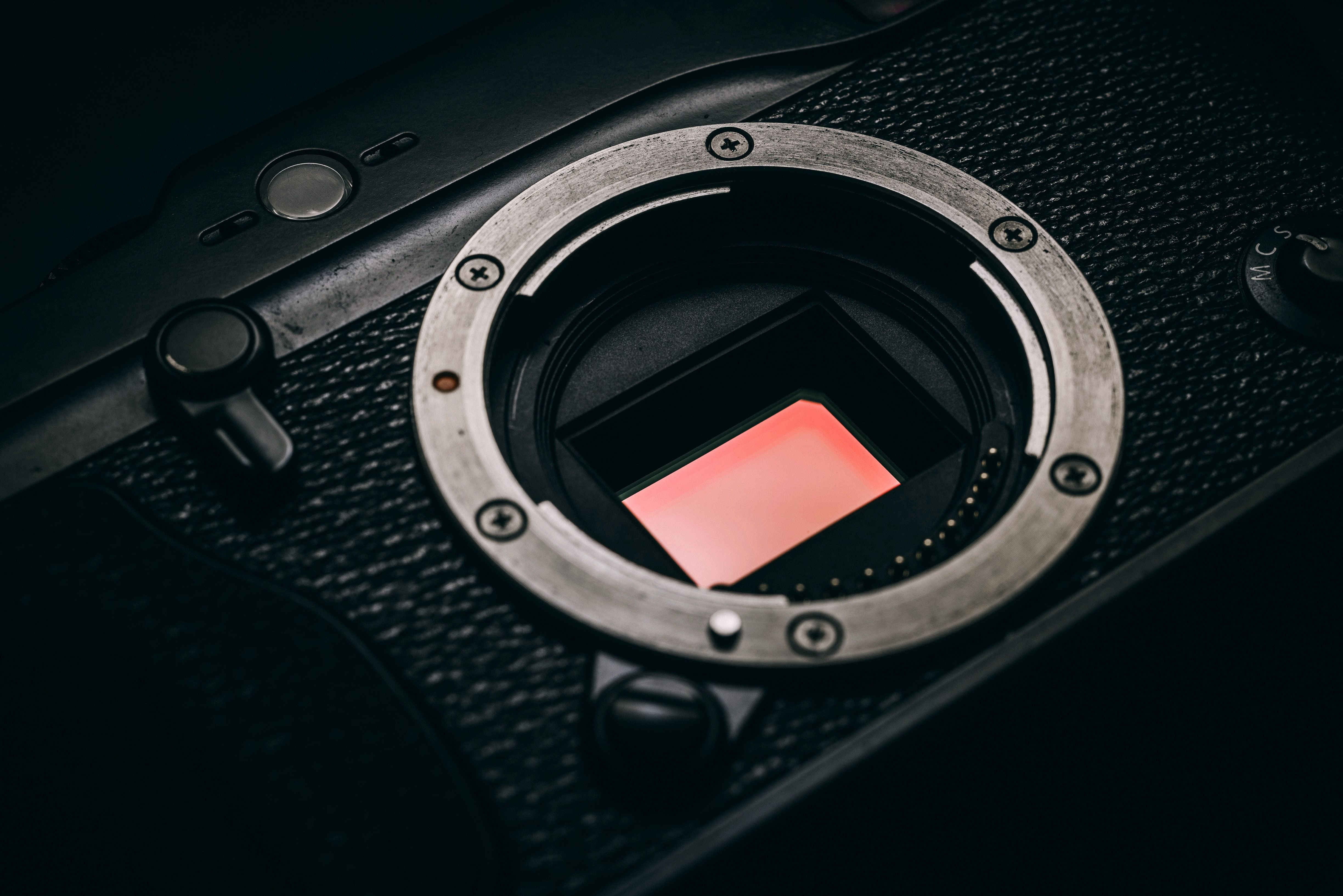Mobile photography today is a far cry from what it was even 10 years ago, and constant innovation ensures photos continue creeping closer to what the naked eye perceives. Although core camera hardware hasn’t changed, we have seen innovative new creations like periscope lenses employed to shrink otherwise-massive hardware into a pocketable form factor. However, hardware is only part of the picture. At MWC 2023, Qualcomm unveiled plans to collaborate with a French company called Prophesee and take smartphone imaging to the next level with a novel hardware-software implementation.
Prophesee hopes to revolutionize imaging as we know it with what it calls Event-Based Metavision sensors. These camera sensors promise sharp and blur-free results when photographing scenes with rapid activity or when working in low-light situations — a helpful addition when you consider faster frame rates or shutter speeds objectively worsen low-light performance for conventional cameras. Instead of recapturing data from the entire image sensor multiple times every second, each pixel of a Metavision sensor features a logic core, allowing it to constantly monitor just the changes in the scene. This way, data is captured only when the scene changes, independent of a conventional camera’s frame rate setting, leading to power savings and higher bandwidth headroom for actively monitoring the scene.
Interestingly, the Metavision sensor cannot work as a standalone unit. The blur-free results are supposedly possible after combining conventional frame-by-frame data with a synchronized Metavision sensor’s information. A little computation is then required to fill in the microsecond-long gaps to eliminate any trace of motion blur.
Qualcomm announced its partnership with Prophesee to bring its technology to the average Snapdragon-powered smartphone. However, don’t get your hopes up for the immediate future, because the duo hopes to launch market-ready products with next generation Qualcomm-powered phones. Development kits should reach smartphone makers later this year, but we aren’t confident brands would willingly add a sensor just to improve camera performance in a few scenarios.
That said, we will reserve judgment until we can try it out ourselves. If the results are anywhere near as good as they look in the promotional video above, event-based vision could be a substantial leap in mobile photography.

